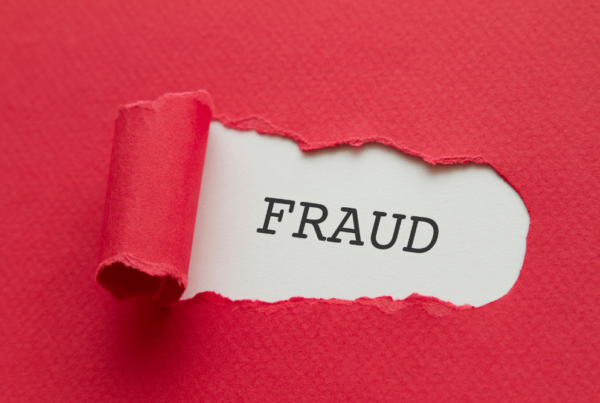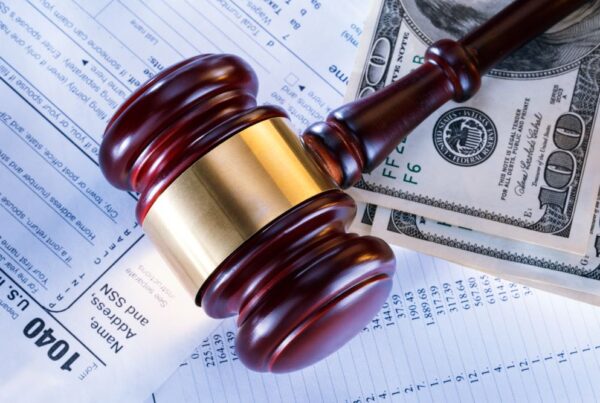NOTE: This page has updated content to reflect new U.S. federal law with passage of the First Step Act (P.L. 115- 391). After an effective date of December 21, 2018, the First Step Act has resulted in many changes to the U.S. federal criminal justice system, including expansion of the use of conflict resolution techniques to de-escalate potentially dangerous situations.
Years before police squad car videos and body cameras, an individual falsely arrested for a crime had a difficult time prosecuting a civil rights claim. Times have slowly changed with the technological advances, as more and more police departments are using video recording equipment as a part of their patrols and investigations.
Recorded incidents can capture officers conducting traffic stops with no basis or even planting evidence. In some cases, video captures excessive force, such as using a chokehold or ignoring conflict resolution procedures designed to de-escalate violent confrontations.
In other cases, officers arrest someone without probable cause, leading to a potential false arrest claim. A police officer commits false arrest if they take into custody or otherwise detain another person – without consent or legal justification.
In other words, a false arrest is an unjustified restriction of another person’s liberty and freedom. False arrest represents a violation of constitutional rights. In certain circumstances, this type of violation allows the victim to overcome police immunity or other privilege and hold the offender liable for false arrest.
In order to understand the boundaries of this offense, the following sections will provide an overview of relevant legal considerations concerning false arrest, starting with civil rights protections under Section 1983.
Civil Rights Protections Under Section 1983
The official title of “Section 1983” is the Civil Rights Act of 1871. Codified as 42 U.S.C. Section 1983, it is commonly referred to as Section 1983. In larger terms, Section 1983 bars a person from using “color of law” to excuse a violation of constitutional rights.
Color of law refers to any law, rule, statute, or other legal device of a U.S. state or territory. Stated otherwise, Section 1983 ensures that federal rights under the U.S. Constitution outweigh the laws of any U.S. state or territory. In the process, Section 1983 helps protect against violations of federally guaranteed civil rights.
Moving past civil rights protections under Section 1983, the next section will explore unreasonable search or seizure under the Fourth Amendment.
Unreasonable Search or Seizure Under the Fourth Amendment
The Fourth Amendment to the U.S. Constitution prohibits the government from conducting unreasonable searches or seizures. The Fourth Amendment requires the government to show probable cause to execute a search or seizure under most circumstances.
A showing of probable cause must demonstrate a substantial likelihood of criminal conduct. There is not a law or statute that provides the exact likelihood required, making probable cause difficult to distinguish. The officer must be able to articulate the specific facts and circumstances of each case to argue probable cause. Then a judge determines whether probable cause exists.
Overall, the Fourth Amendment requires probable cause for the government to seize property or search a person or their home. In the absence of probable cause, the search or seizure becomes invalid and constitutes a violation of Fourth Amendment rights.
In those cases, the government is not able to use any evidence obtained as a result of the improper search or seizure. Depending on the circumstances, it may also give rise to a private cause of action (i.e., a lawsuit) for the person unlawfully detained.
Equipped with an appreciation of Section 1983 and Fourth Amendment protections, it is time to combine those elements in the context of false arrests.
Section 1983, the Fourth Amendment, and False Arrests
Section 1983 allows a false arrest victim to sue the offending officers for a constitutional violation under the Fourth Amendment. Essentially, a false arrest serves as an unreasonable seizure. As the offending officers were acting under color of state law while conducting the arrest, Section 1983 enables the victim to file a civil lawsuit.
In most false arrest cases, there is no question as to intent, awareness, or consent. The facts of the case clearly indicate that the plaintiff-victim satisfies those elements. The presence of probable cause, however, is a lightning rod in false arrest cases.
If the defendant-officer can demonstrate the existence of probable cause, it is likely a complete defense to the false arrest claim. If the victim-plaintiff can show a lack of probable cause, then he or she may prevail in the false arrest claim.







Recent Comments